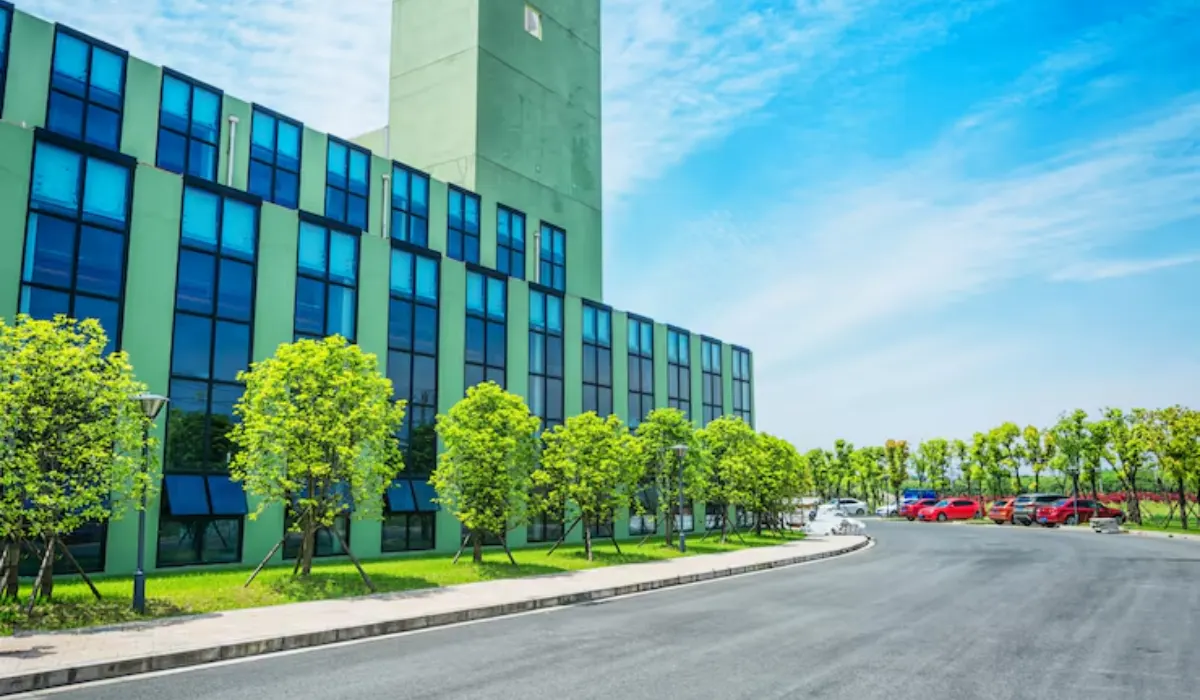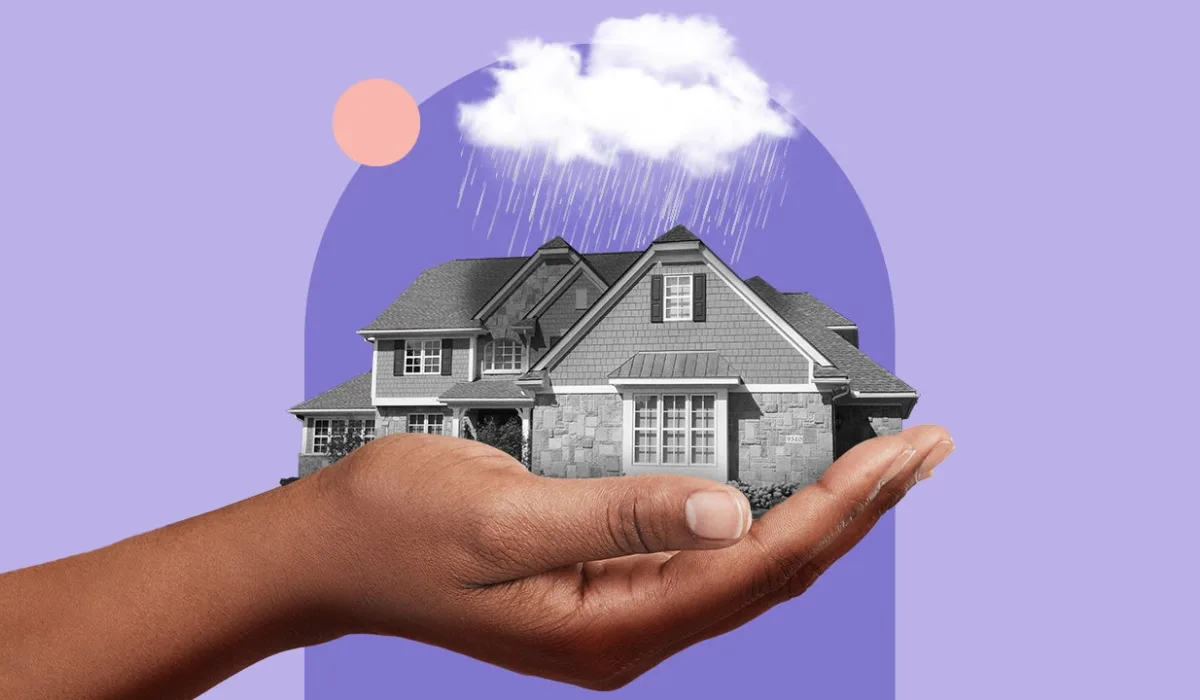Commercial real estate investors are trying to stay ahead of the pandemic with predictions about which sectors and which markets are best positioned to withstand its negative impact. One common calculation to find these resilient cities is to not only look at their economic statistics but more importantly also cull health data and the impact of the stimulus.
But there are more ways to slice and dice the available data. New research from Nuveen Real Estate has ranked the top 50 cities and their expected performance through the end of 2020.
Its model found that cities with higher concentrations of industries such as technology, life sciences and telecommunications, as well as those that are less reliant on the energy sector and government employment appear poised for relative outperformance.
The five most highly-ranked MSAs in its analysis are San Jose, Nashville, Raleigh, Washington, DC and Salt Lake City.
In contrast, the five lowest-ranking are Detroit, Louisville, Buffalo, Oklahoma City and New Orleans.
As it came up with its rankings, Nuveen weighed alternative data that could be instructive for other real estate investors.
High Employment Concentration in Certain Industries
One was the concentration of exposure to leisure and hospitality, retail, transportation and public utilities, and tourism and entertainment.
Clearly these sectors have all been severely hurt by the COVID-19 shutdowns and can expect to continue to see disruptions. High unemployment in these areas will negatively impact all real estate values across sectors, including housing, office and alternatives, as overall consumption and investment will be lower in these areas, Nuveen says.
Many Small Businesses
Nuveen also found that cities with more small businesses could also be at risk.
Small businesses are at risk during the pandemic, as many operate in the lodging, retail and entertainment sectors and most are not well capitalized, according to Nuveen. “A prolonged economic shutdown of three months or more will cause many small businesses to close if not given financial assistance,” it said.
And despite the billions of dollars the federal government and the Fed has put in place for small business relief, there is no guarantee that lending will be given to all businesses in need, Nuveen said. “These programs could put major strains on the banking sector and could be undone by bureaucracy.” It notes that cities such as Miami, New York and New Orleans have a high proportion of small business employment, and will underperform if these programs do not succeed.
Fiscal Problems
Nuveen’s model also determined that cities with fiscal problems and a reliance on government employment were also poised to suffer in the aftermath of the pandemic.
“The coronavirus pandemic will put a strain on state and local governments, particularly their fiscal budgets,” Nuveen wrote. “Given that state and local governments have to maintain balanced budgets, they will almost certainly lay off government employees in order to cut expenses and maintain fiscal solvency.”
State and local austerity measures can have a negative effect on the local economy, especially in areas where government employees make up a large portion of the workforce, it also noted. “Additionally, states and localities with weak fiscal health, especially those that rely on income and sales taxes from cyclical industries, will be more likely to incur large deficits during this pandemic.” Cities with weak fiscal health and higher dependence on government employment include Sacramento, San Diego, Inland Empire, New York and Chicago. These will likely see the most consequential fiscal impacts from the COVID-19 pandemic, Nuveen said.















